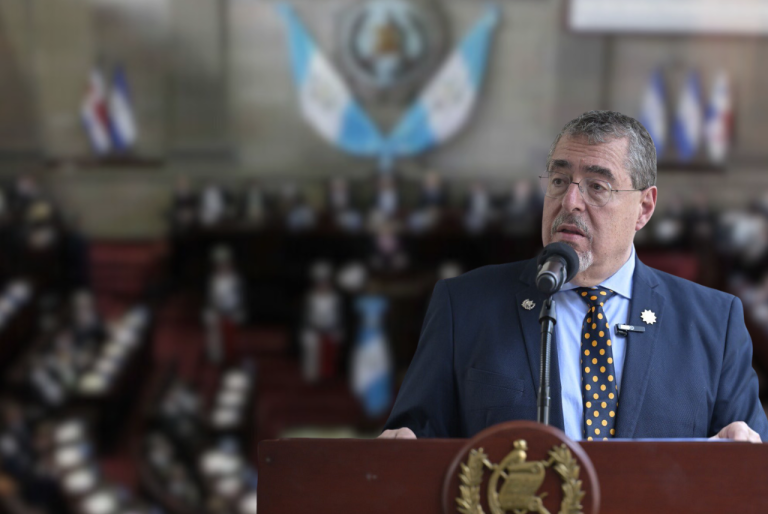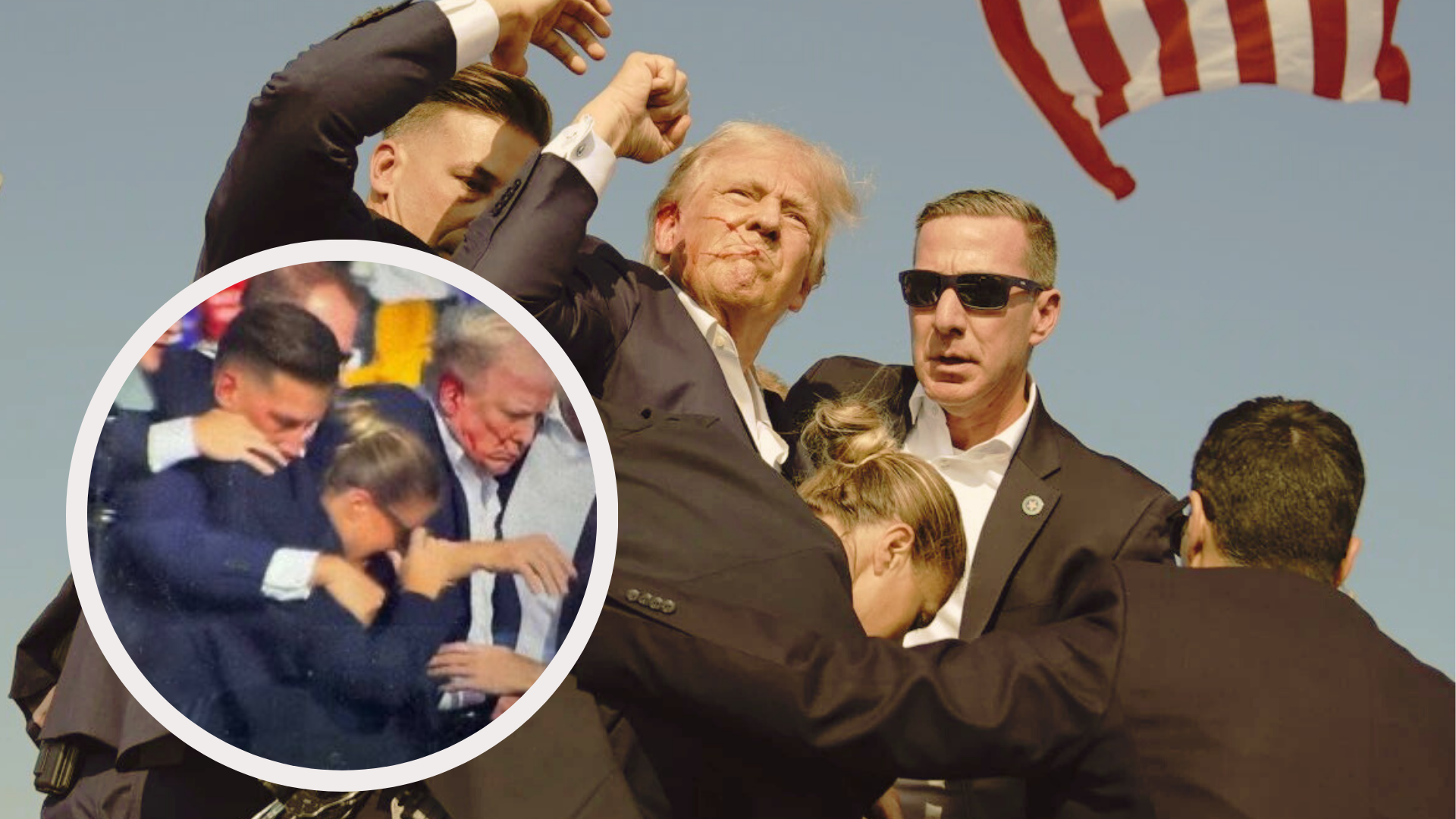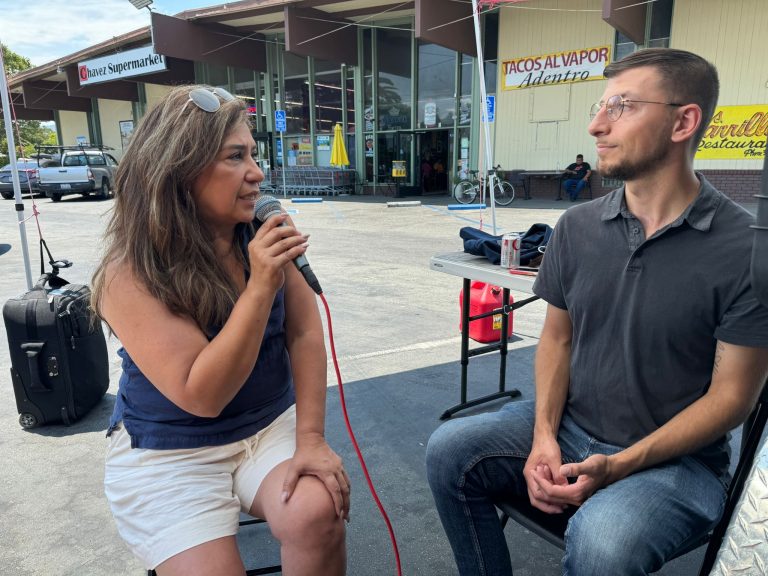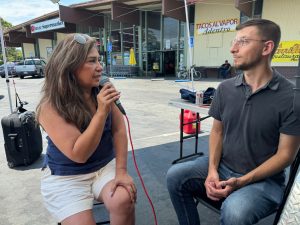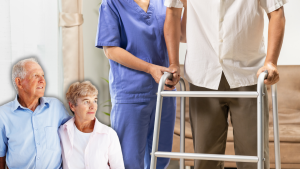
Listen to this note:
En plena temporada de elecciones en Estados Unidos, la Inteligencia Artificial (IA) amenaza con desestabilizar el sistema electoral estadounidense, ya que cada vez es más fácil utilizarla para crear contenido audiovisual falso y difundirlo, lo que puede alimentar la desinformación y confundir a los votantes en su decisión.
Lo que antes requería el presupuesto de un estudio y un equipo de producción, puede hacerse con unos pocos clics; el resultado es que cada día los votantes tratan de navegar por un panorama electoral en el que es difícil identificar la autenticidad de imágenes, mensajes y vídeos, tal es el caso de aquellas realizadas con IA de votantes afrodescendientes que apoyan al expresidente Donald Trump y que recientemente han circulado ampliamente.
Preocupa especialmente el impacto que la IA puede tener no solo en las elecciones presidenciales, sino también en las locales, generando una idea falsa de los candidatos, así lo dijeron expertos durante una sesión informativa realizada por Ethnic Media Services.
Jonathan Mehta Stein, director ejecutivo de California Common Cause, una agencia de vigilancia sin ánimo de lucro, comentó que existen campañas de desinformación que tienen como objetivo influir en las próximas elecciones de noviembre, dando de ejemplo la detección de una realizada en Rusia dirigida a redes sociales, donde se hacían pasar por ciudadanos estadounidenses, todo creado por inteligencia artificial.
"La inteligencia artificial esta atacando todos los días en la participación de los votantes y ahora también tiene el poder de inundar nuestro discurso político y crear mensajes, videos y apoyo a votantes y candidacough", he stressed.
La inteligencia artificial generativa es un sistema que crea información noticiosa siguiendo una sugerencia humana como imágenes, audio y texto, algo que puede ser muy sencillo y divertido, de alguna manera, sin embargo, en temas delicados se vuelve un riesgo para todos, pues crear imágenes falsas puede poner en riesgo la veracidad y crear conflictos, mencionó Mehta Stein.
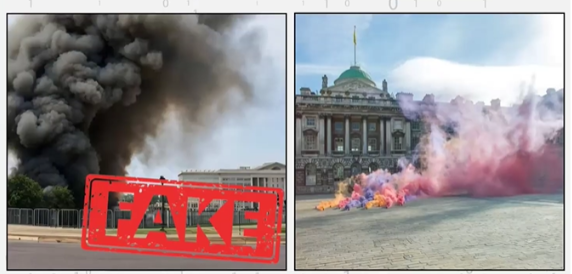

Para poder proteger la información, los líderes políticos deben estar al pendiente, trabajar en leyes que apoyen la revisión, y en codificación de la información digital, sin embargo, la desinformación seguirá presente, por lo que cada usuario de redes sociales y persona tiene el deber de cuidar lo que consume, asegurándose de que es verdad antes de compartirlo.
Jinxia Niu, directora del programa Chinese Digital Engagement de Chinese for Affirmative Action, comentó que han detectado más de 600 piezas de desinformación que circularon en redes sociales en los últimos 12 meses, en su mayoría atacan a Trump, pero Biden también ha sido atacado a través de fotos generadas por IA.
Niu aseguró que el mayor reto, es que la comunidad no revisa lo que comparte, específicamente los inmigrantes, quienes tienen un acceso limitado a la información por su idioma; los medios étnicos son muy pocos, lo que deja una gran brecha para que la información falsa circule, pues si se encuentra en su idioma de origen es aún más sencillo de influir.
La experta agregó que, últimamente, la IA esta generando mensajes a través de las aplicaciones de mensajería como WhatsApp, Telegram y otros, lo que vuelve aún más difícil contener la desinformación, pues la amenaza no solo se encuentra en las redes sociales.
Brandon Silverman, ex consejero delegado y cofundador de CrowdTangle (ahora propiedad de Meta), comentó que la información en redes sociales es difícil de separar en lo falso y verdadero, dando el ejemplo de que la luna es de queso, cuando muchas personas o en metáforas aseguran que la luna sí es de queso.
Estos espacios grises que se generan entre la información, comentó Silverman, hace complicado dividir lo que es o no falso, pues no es tan sencillo de separar o identificarlo en un sistema.
"Lo que se ha observado es lo que llamaron como ‘inundar la zona’, esto es crear tanto contenido hacia una dirección que en algún punto ya no se sabe en que confiar", he stressed.
En ese sentido, apuntó que existen tres pilares: uno es ver quien está enviando la información, que sería la parte que genera la oferta; el segundo es la demanda que genera, acción importante para identificar por qué lo siguen consumiendo; y el tercero es conocer los mecanismo que se están utilizando para la oferta y la demanda, pues así se identifica el medio que utilizan para difundir.
Los expertos coinciden en que es importante verificar los mensajes antes de compartirlos, buscar en varios medios oficiales si es verídico lo que se dice y no dar por hecho que todo lo que circula en redes sociales o grupos de chat. La responsabilidad es de todos, pues con la velocidad que se mueve la IA, se vuelve casi imposible tener un sistema eficaz de verificación que vaya al día.
You may be interested in: Bethesda Montreal unionizes


